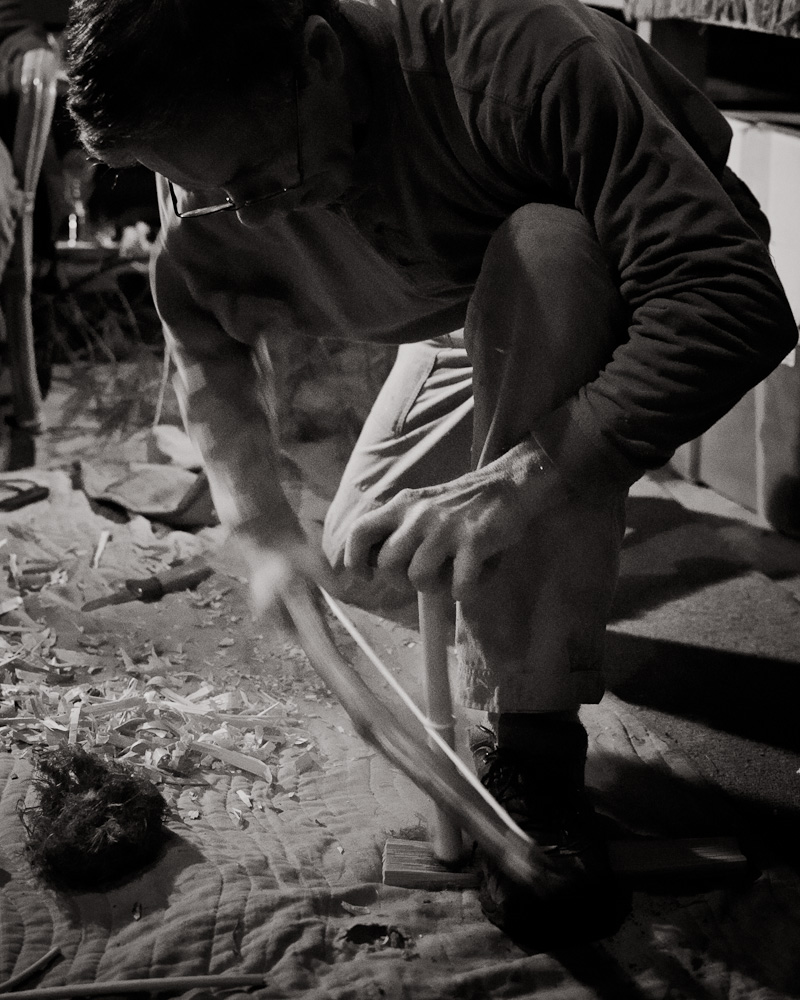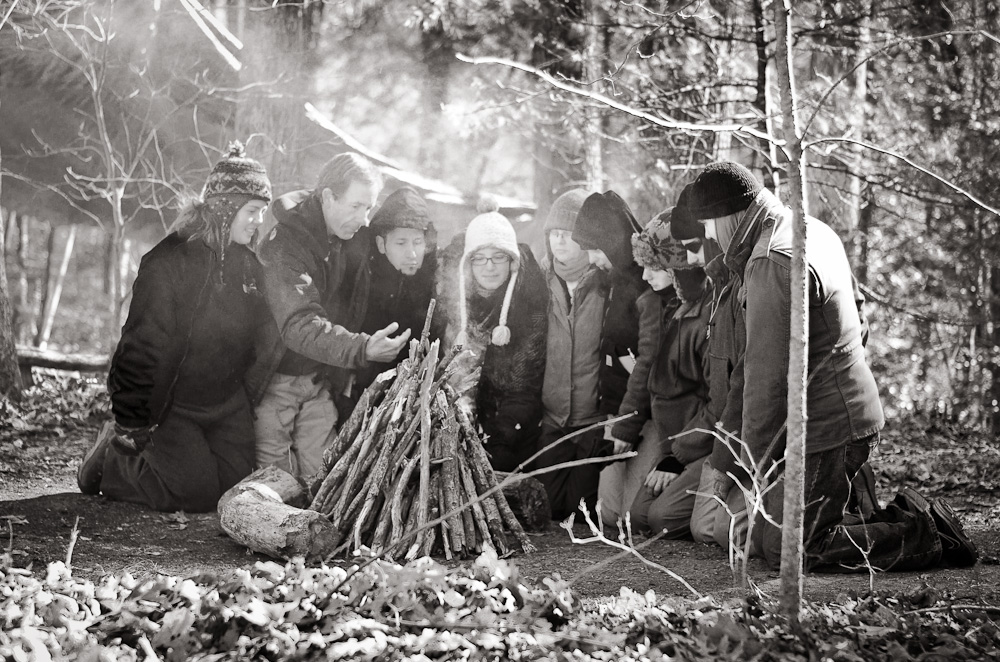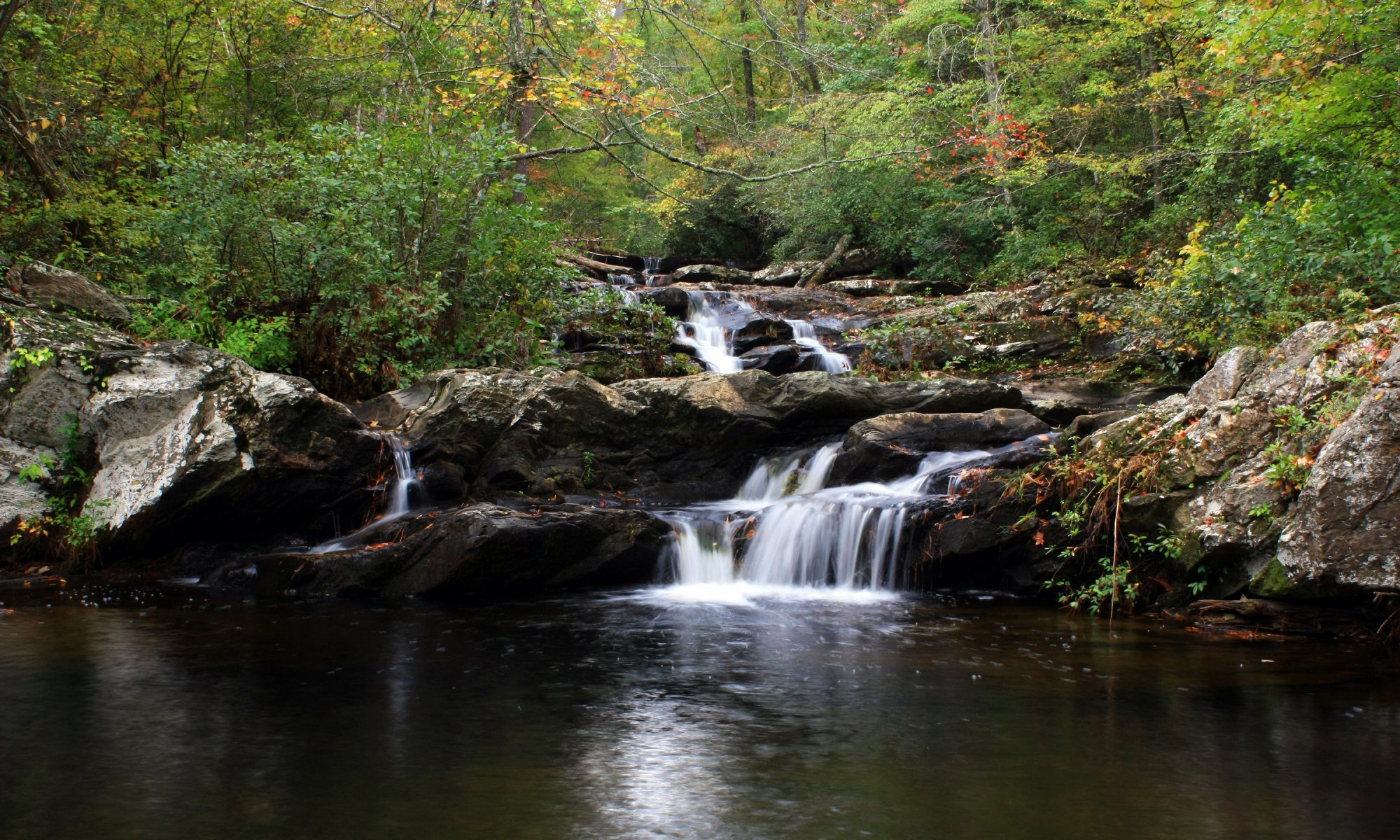
As it was once phrased within some native mythologies, certain trees “swallowed fire in the olden days.” These words might seem to evoke a fabulous image, like a lightning bolt searing into wood, but this “swallowing” process was not so dramatic an affair. It was silent and invisible, however, no less profound. It was done on a second-by-second basis during the daylight hours. We now call the phenomenon “photosynthesis.”
I suspect that – on an instinctive level to which we are not privy today – the people of earlier times innately understood the fundamental role of green plants in capturing the sun’s energy. That understanding might explain – at least in part – why the Cherokee in my area once paid tribute to plants through ritual, prayer, and gift-giving. Among the many utilitarian uses of plants was knowing how to recapture some of that soaked-up solar energy for the purpose of producing a flame. But which species of trees provided the best material?
The answer to that question may have been obvious to native tribes, who lived their lives so integrated with the natural world. Any Cherokee child probably could have cited a list of good fire-making wood. In my lifetime that special cadre of trees had to be discovered through trial and error experiments.
Of course, all trees experience photosynthesis, and all will release their stored solar energy when burned as fuel. But only select trees will deliver up a flame from the heat of human-made friction, and they will surrender that fire only to the hands of one who knows the proper technique for releasing it.
Revisiting this ancient skill is like rounding the curve of a historic circle, one that can enrich us by the reconnection to history alone. The special value of fire-making is not solely in producing a flame. It is re-entering the forest in a frame of mind that sees the natural world as the real world. It is re-assessing the forest, elevating it from the scenic but prosaic backdrop of our days to a vibrant and living storehouse brimming with the essential gifts of life.
To create fire by friction you will be collecting select dead wood for a fire kit. Remember, not just any tree will do. The density, texture, porosity, grain, resin retention, and hardness (or softness) of some species of wood preclude the feasibility – if not the possibility – of creating fire by friction. The limiting factor is human strength.

Even the most problematic woods might be used successfully to create fire with the aid of high-speed machinery. As an example, I have, on occasion, inadvertently created fire in sawdust with a chainsaw while sectioning a dead scarlet oak, a tree generally considered (by practitioners of woods-lore) not to have “swallowed fire.”
Likewise, certain plants offer fine material of leaf, bark, pith, wood fiber, or seed down that can be worked into tinder (the combustible material which can easily burst into flame) … while others do not. As in all the survival skills, a fire-maker who has invested time in plant study has a distinct advantage over someone who approaches the skill as a “sporting event” isolated from Nature. (Botany, in my opinion, is the foundation of virtually every survival course I teach … even tracking, archery, and stalking.)

In my book “Firemaking, Storytelling, and Ceremony” volume two of the “Secrets of the Forest” series, we dive headlong into the adventure of accumulating these botanical details, understanding the relationship between plants and fire, and mastering the ancient techniques of drawing a flame from dead wood.
There is a swell of satisfaction that fills a student of survival skills at every milestone of his journey: to sink his teeth into the surprising taste of a plant that he has positively identified for food-harvest … to creep within a few yards of a deer or turkey or squirrel to observe its habits … to curl up under a dry, self-made, primitive shelter as winter rain hammers the earth all around. Each accomplishment feels monumental. But creating fire is special.
Producing a flame makes a seismic shift deep in the soul of the fire-maker. To walk into a forest knowing that you can produce a flame with your bare hands using the simple materials of the woods (and knowing that this flame will take care of so many of your needs) engenders an indigenous pride of self-sufficiency and self-esteem. A successful fire-creator belongs to a larger picture of life on Earth – one that includes a more intimate connection to the past, a more pragmatic immersion into the present, and a more hopeful confidence in the future. Such a fire-maker, past or present, touches the heart of the Earth and feels its heat.
The Standing People – as the Cherokees called the trees – do literally “swallow” fire. When we create a flame from grating two pieces of wood together, we release that celestial energy. We are like apprentices to the Maker of All Things, understudy-authors of a pyretic genesis, creating a tiny “sun” of our own … that is, a bright ember. We feed it, use it, and then, at the end of the day, sit back and gaze into its mystery.

What are these orange, yellow, blue, and sometimes copper-green flames that dance and twist so fluidly, embrace us with warmth, cook our food, temper our tools, and shed light upon the moment? A fire is the hearth of the world. Wherever you happen to be as you sit before your self-made flames, you have come home.
www.markwarrenbooks.com
